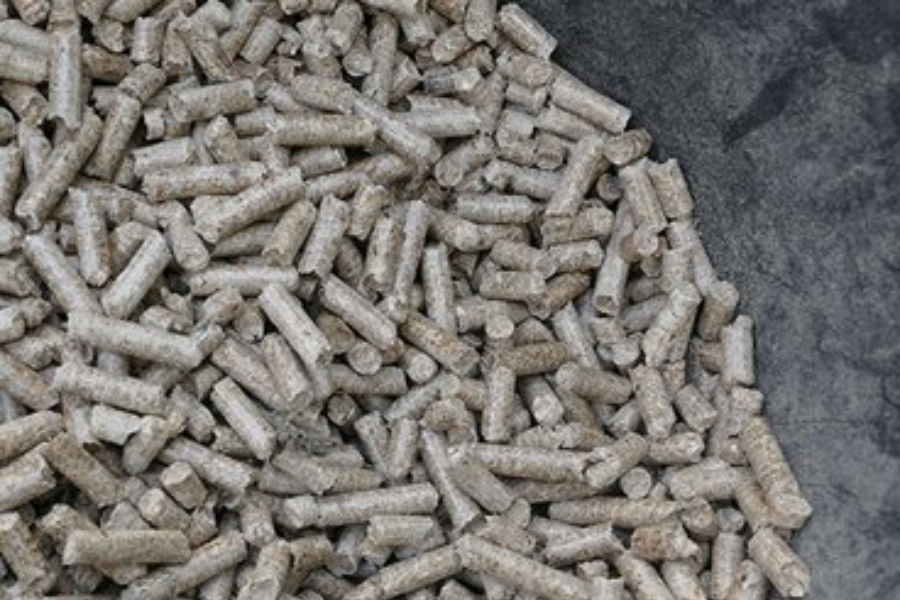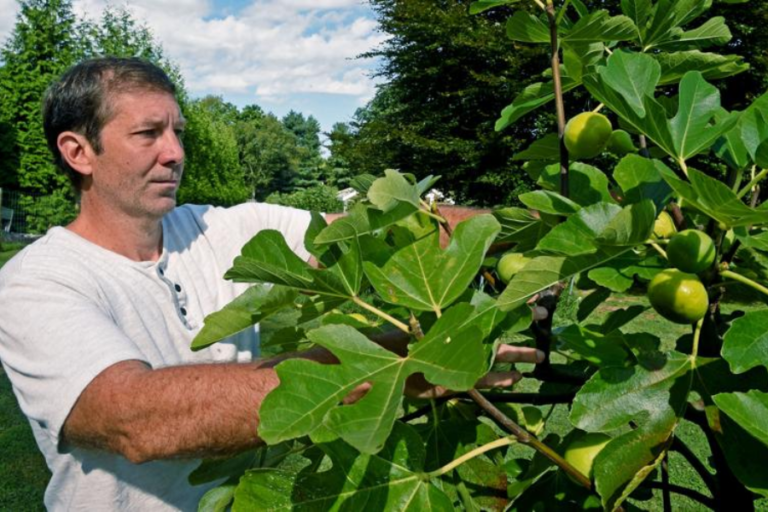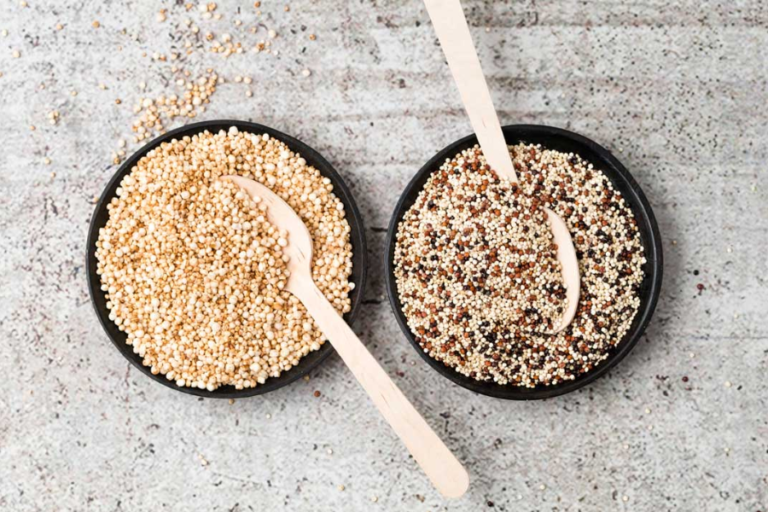Pelletierung: Understanding the Pelletizing Process and Its Importance
Pelletierung, or pelletizing in English, is a fascinating process that transforms small, loose materials into solid, uniform pellets. This technique is widely used across various industries such as agriculture, recycling, and energy production. But how exactly does pelletizing work, and why is it so crucial? In this article, we will explore what pelletierung is, how the process functions, and why it’s so valuable for different industries. Whether you’re curious about the creation of wood pellets for stoves or how animal feed is shaped, this guide will break down the concept in simple, easy-to-understand terms.
What is Pelletierung?
Pelletierung refers to the process of transforming raw materials into small, solid pellets. These pellets are typically cylindrical and uniform in shape, but their size may vary depending on their specific application.
The pelletizing technique involves compressing powdered or granulated materials under high pressure, creating consistent shapes and enhancing the density of the material. This method not only ensures uniformity but also makes it easier to handle and transport the materials. As a result, pelletizing helps reduce dust generation, limits material waste, and improves the efficiency of production processes.
Pelletized materials are easier to manage compared to loose particles like sawdust or wood chips. For instance, wood pellets are compact and neat, making them much simpler to store and transport. Whether used in agriculture, energy production, or pharmaceuticals, pelletization provides practical solutions that are vital for modern manufacturing.
You May Also Like To Read: Why Smoothie CCL is the Key to a Balanced and Nutritious Diet
How Does Pelletierung Work?
The process of pelletizing follows a series of basic steps:
- Preparation: The raw material, such as sawdust, fertilizers, or animal feed, must first be prepared. This often involves drying and finely grinding the material to ensure consistency.
- Compaction: The next step is pressing and shaping the prepared material. Special machines apply high pressure and, in some cases, heat, compacting the material into solid pellets.
- Cooling: After the pellets are formed, they might still be hot due to the pressure and friction used during compaction. Cooling them ensures they don’t break or lose their shape.
- Finishing: Finally, the pellets are sorted, packaged, and made ready for transportation or further use.
This process is similar to making a snowball—where you press loose snow together to form a compact, solid shape. In the case of pelletierung, the machines perform this pressing action, creating consistently shaped pellets.
The Evolution of Pelletierung
The practice of pelletizing originated in the early 20th century, initially as a way to enhance the production of animal feed. The method quickly gained popularity due to its simplicity and effectiveness in nutrient delivery.
As industries advanced, so did the applications of pelletization. The development of more sophisticated technologies allowed for better precision and efficiency in producing pellets. By the late 20th century, pelletizing had evolved into an essential technique used across a wide range of industries, from agriculture to pharmaceuticals.
Today, pellet production is a highly optimized and technologically advanced process. Modern machinery ensures consistent quality, and industries continue to explore new materials and methods to meet growing demands. Pelletierung has become an indispensable part of industrial production, offering a sustainable solution to meet modern needs.
The Benefits of Pelletierung
Pelletierung offers a host of advantages across many industries, most notably the uniformity it provides in shaping raw materials. Consistent pellet sizes make handling, storage, and transportation more efficient and cost-effective.
Some key benefits of pelletizing include:
- Efficient Storage and Transport: Pellets are compact, taking up less space compared to loose materials. This allows for easier handling and reduces shipping costs.
- Reduced Dust and Waste: Pelletizing helps minimize dust generation and material waste, contributing to cleaner production environments.
- Improved Product Quality: In sectors like agriculture and pharmaceuticals, pelletization ensures better quality control. For example, animal feed pellets provide a consistent source of nutrition for livestock, while pharmaceutical pellets improve the accuracy of dosing.
The Pelletizing Process
Pellet production begins with carefully selecting raw materials, which can range from wood chips and agricultural residues to industrial waste products. The chosen materials are ground and dried to ensure the right moisture content, which is crucial for successful pellet formation.
After preparation, the materials are fed into a pellet mill, where heat and pressure are applied to form pellets. The heat often activates natural binders within the material, which helps hold the pellets together. Once the pellets are formed, they are cooled and screened to ensure uniformity. Any irregular pellets are separated, and only the properly shaped ones move forward for packaging.
You May Also Like To Read: Ancient Grains in a Healthy Cereal: NYT Crossword Insights and Nutritional Benefits
Materials Used in Pellet Production
Pellet production is highly versatile, accommodating a wide range of materials:
- Biomass: Materials like wood chips, sawdust, and agricultural residues are commonly used in biomass pellet production, particularly for sustainable energy applications.
- Plastics: Recycled plastic pellets are an important part of reducing waste and promoting a circular economy. These pellets are often used to manufacture new plastic products.
- Metals: Pelletizing is used in the mining industry to convert minerals like iron ore into pellets, simplifying transport and processing.
- Pharmaceuticals: The medical industry relies on pelletizing to create uniform drug formulations, improving both accuracy and absorption rates.
Applications of Pelletization in Various Industries
Pelletization is widely used in several industries:
- Agriculture: Farmers benefit from pelletized fertilizers that are easy to apply and provide a steady release of nutrients.
- Pharmaceuticals: Controlled-release pellet formulations ensure accurate drug delivery and enhanced absorption for patients.
- Energy: Biomass pellets provide a cleaner, more efficient alternative to fossil fuels, helping to reduce carbon emissions.
- Food Processing: In animal nutrition, pelletized feed ensures consistent quality and nutrient content for livestock.
Advancements in Pelletizing Technology
Recent advancements have revolutionized the pelletization process. Modern machinery allows for greater control over temperature and pressure, resulting in higher-quality pellets. Automation has also become a significant factor, reducing human error and increasing output consistency.
Innovations like steam explosion pretreatment have improved the quality of biomass pellets, boosting energy yield and digestibility. Additionally, the use of eco-friendly binder materials is helping to minimize the environmental impact of pellet production.
Digital tools have further enhanced the process, providing real-time monitoring and data analysis to optimize production efficiency.
Environmental Impact and Sustainability of Pellet Production
Pellet production is contributing to a more sustainable future by promoting efficient energy use and minimizing waste. Biomass pellets, for instance, are a renewable energy source that can replace fossil fuels, significantly reducing greenhouse gas emissions.
The pelletizing process itself supports the concept of a circular economy by turning waste materials into valuable products. However, the sustainability of pellet production relies heavily on the responsible sourcing of raw materials, such as ensuring that biomass is harvested without causing deforestation or harming ecosystems.
Common Challenges in the Pelletizing Process
Although pelletization offers numerous benefits, it also presents some challenges. Ensuring the consistent quality of raw materials is vital, as variations can lead to pellets that don’t meet industry standards. Additionally, maintaining optimal moisture levels during production is critical; too much moisture can prevent proper pellet formation, while too little can result in brittle pellets.
Solutions to these challenges include rigorous quality control measures and the use of advanced drying equipment. Regular machine maintenance and operator training are also essential to maintaining the efficiency and quality of the pelletizing process.
The Future of Pelletizing
As industries seek more sustainable and efficient production methods, pelletierung is poised to play an even more significant role. Continued technological advancements will likely make the pelletizing process even more efficient and eco-friendly. Pelletizing agricultural and industrial by-products is a promising step toward reducing waste and developing new sustainable products.
In the future, we can expect further innovations in the pelletizing process, enhancing its applications and impact across various industries.
You May Also Like To Read: Friday Fig Revealed: From Ancient Myths to Contemporary Cuisine
Conclusion
Pelletierung, or pelletizing, has proven to be an essential technique in modern manufacturing, offering efficient solutions for converting loose materials into solid, uniform pellets. The process enhances handling, storage, and transportation, while minimizing waste and dust generation. With its wide range of applications in industries such as agriculture, energy production, pharmaceuticals, and recycling, pelletizing plays a key role in sustainable production and resource management. As technology continues to evolve, the pelletizing process is expected to become even more efficient, eco-friendly, and adaptable to emerging industry needs. Whether for creating biomass fuel, animal feed, or pharmaceutical products, pelletierung remains a versatile and valuable method for transforming raw materials into practical, manageable forms.
FAQs
1. What is pelletierung?
Pelletierung, or pelletizing, is the process of compressing raw materials into small, uniform pellets. This technique is used to improve the handling, storage, and transportation of materials by transforming loose particles into solid, manageable forms.
2. What are the main steps in the pelletizing process?
The pelletizing process typically involves four key steps: preparation (grinding and drying the material), compaction (pressing the material into pellets), cooling (to maintain shape and strength), and finishing (sorting and packaging the pellets).
3. What materials can be pelletized?
A wide variety of materials can be pelletized, including biomass (wood chips, sawdust), recycled plastics, minerals (such as iron ore), and pharmaceuticals. The choice of material depends on the industry and the intended application of the pellets.
4. Why is pelletizing important in industries like agriculture and energy production?
In agriculture, pelletizing allows for the creation of uniform animal feed and fertilizers, ensuring consistent nutrient distribution. In energy production, biomass pellets provide an efficient, renewable alternative to fossil fuels, helping to reduce carbon emissions.
5. What are the benefits of pelletizing?
Pelletizing offers several benefits, including improved product quality, reduced dust and material waste, more efficient storage and transport, and greater consistency in the size and shape of materials.
6. What challenges are commonly encountered in the pelletizing process?
Common challenges include maintaining consistent raw material quality and optimal moisture levels. Variations in these factors can lead to defective pellets. Regular maintenance and operator training can help overcome these issues.
7. How does pelletization contribute to sustainability?
Pelletization supports sustainability by turning waste materials into valuable products, such as biomass fuel or recycled plastic pellets. It also reduces reliance on fossil fuels and promotes a circular economy by repurposing waste for industrial use.
8. What are the latest advancements in pelletizing technology?
Recent advancements include improved automation, better control over temperature and pressure during pellet formation, and the use of eco-friendly binders. Innovations like steam explosion pretreatment have also enhanced the quality and energy yield of biomass pellets.
9. What is the future of pelletizing?
The future of pelletizing will likely see continued advancements in efficiency and sustainability. Technologies that optimize the use of waste materials, enhance pellet quality, and reduce environmental impact will play a significant role in shaping the future of this process.
Stay connected for the latest news and updates on TIMES CYCLE!






